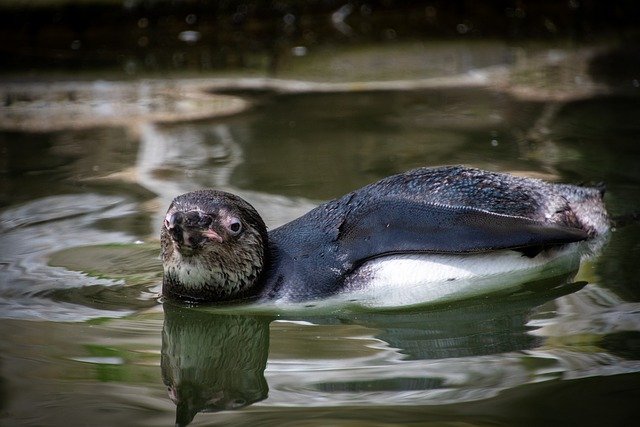"The Fascinating Adaptations of Penguins: How These Flightless Birds Survive in the Harsh Antarctic Environment"

The Fascinating Adaptations of Penguins: How These Flightless Birds Survive in the Harsh Antarctic Environment
Penguins are one of the most beloved and recognizable animals in the world. These flightless birds are found exclusively in the Southern Hemisphere, with the majority living in Antarctica. Despite living in one of the harshest environments on earth, penguins have evolved a number of fascinating adaptations that allow them to survive and thrive in this extreme environment.
Thick Feathers and Blubber
One of the most important adaptations of penguins is their thick layer of feathers and blubber. This helps to insulate their bodies from the cold and provides a waterproof barrier that keeps them dry while swimming. In fact, penguins have the densest feathers of any bird, with up to 70 feathers per square inch.
Efficient Swimming
Penguins are incredibly efficient swimmers, which is essential for their survival in the Antarctic environment. Their wings have evolved into flippers, which they use to "fly" through the water. They can reach speeds of up to 22 miles per hour, which allows them to catch fish and other prey.
Huddling
Another adaptation that helps penguins survive in the cold Antarctic climate is huddling. Penguins will gather together in large groups, with each bird taking turns being on the outer edge of the huddle. This helps to conserve body heat and protect the birds from the harsh winds.
Unique Breeding Habits
Penguins have also evolved unique breeding habits that allow them to reproduce in the harsh Antarctic environment. They typically lay their eggs on a patch of bare ground, which is warmed by their body heat. The male and female take turns incubating the egg, with the male taking the first shift. Once the chick hatches, the parents will take turns feeding and caring for it until it is old enough to fend for itself.
In conclusion, penguins are truly remarkable animals that have evolved a number of fascinating adaptations that allow them to survive and thrive in the harsh Antarctic environment. From their thick feathers and blubber to their efficient swimming and unique breeding habits, these flightless birds are a testament to the power of evolution.
